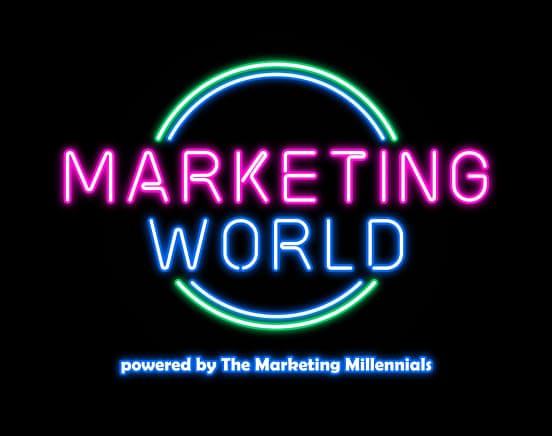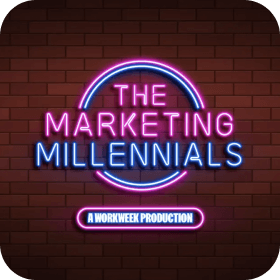Throughout my marketing career, I’ve kept a SWIPE FILE (inspiration file) of my favorite MARKETING IDEAS: tweets, thoughts, articles, podcasts, ads, TikToks and our favorite, MEMES.
Every week I’ll be sharing 3 of my favorites from my archives + what I’m adding to my swipe this week.
1) Copywriting handbook
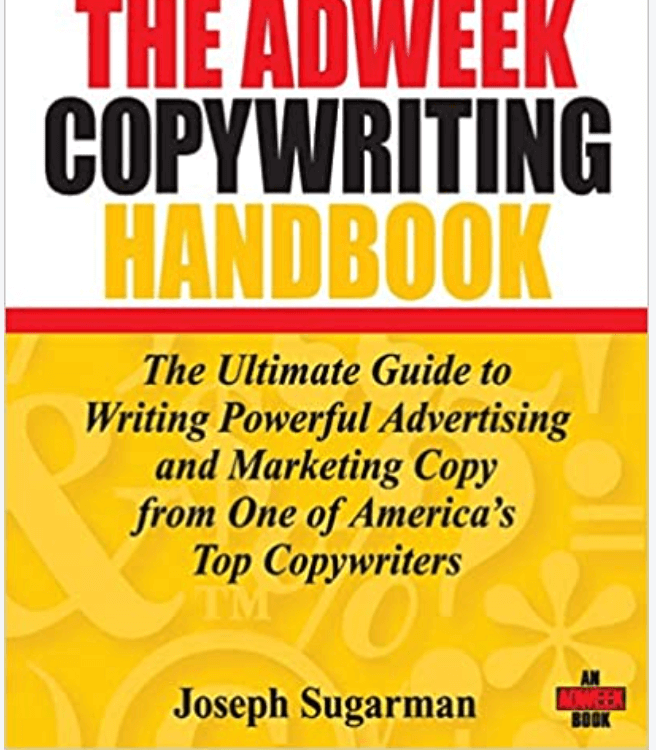
My 3 key takeaways from The Adweek Copywriting Handbook.
1. “Copy is never too long if the reader takes the action you request.”
The point is great copy wins. No matter what the length is.
Let that sink in. THE BEST COPY IS THE COPY THAT RESONATES.
Gary Halbert says, “Copy can never be too long, only too boring.”
The simple rule for copy is as long as necessary and not a letter longer.
2. “The sole purpose of the first sentence in an advertisement is to get you to read the second sentence.”
Your first sentence is the most important sentence because it’s meant to grab the reader’s attention.
That is the SINGULAR PURPOSE. FULL STOP!!
With each line of copy, your job is to get the reader to make it to the next line – you have to be compelling enough to get them to KEEP READING until…
You ultimately get them to read the CTA.
BUT, remember to spend the most time on the FIRST LINE.
If you can’t even get them to read the first line, you’re toast.
Pack it up. Go home! There’s no way to even capture their attention, no way to get them to take the action you need.
3. “You Sell on Emotion, but You Justify a Purchase With Logic.”
Great copy does 2 things:
It sparks an emotion in the reader
Level up your marketing game
Zero BS. Just fun, unfiltered, industry insights with the game-changers behind some of the coolest companies from around the globe.
No spam. Unsubscribe any time.
Backs up its point with logic (AKA, FACTS + SPECIFICS).
You are not only selling a product. Every feature MUST be linked to a real benefit to your buyer.
Emotions sell. Logic justifies. YOU NEED BOTH.
2) OBV!OUSLY AWESOME
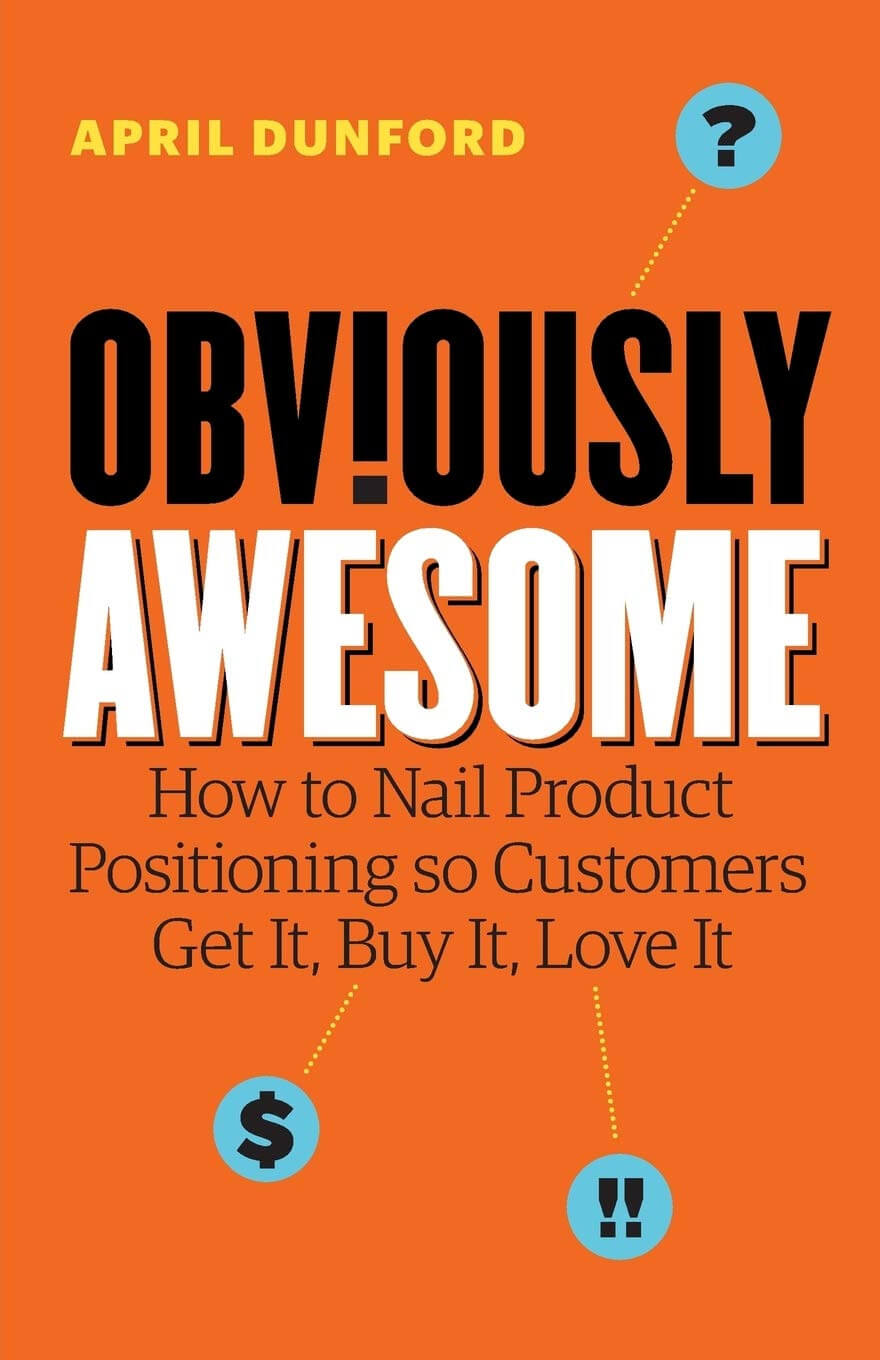
3 Key takeaways from Obviously Awesome by April Dunford’s book about successfully positioning your product.
1. Don’t be afraid to go NICHE when crafting your product positioning.
“Your best-fit customers hold the key to understanding what your product is.”
You have to start by understanding which are the customer that will LOVE your product
You have to ground your Ideal Customer Profile (ICP) around a real understanding of WHICH CUSTOMERS OF YOURS ARE GOING TO LOVE YOUR PRODUCT.
Not like it.
Not get some value from it.
Love the s*** out of it!
This is April’s 1st step in positioning:
Your happiest customers represent your perfect customer type (AKA the type of customers who will actually buy from you!)
Where to start? So glad you asked!
Look to your happiest customers – the ones who fully grasp your product + the ones who go out of their way to refer new customers to you. Start there.
2. 5 components of positioning
- COMPETITIVE ALTERNATIVES – Who else solves the same problem you do if you didn’t exist?
- UNIQUE ATTRIBUTES – Your secret sauce.
- VALUE – the real benefits your secret sauce delivers to your customers.
- TARGET MARKET CHARACTERISTICS – the customers that care most about the value you deliver to them.
- MARKET CATEGORY – the market you fall into – your vertical.
3. Positioning is a team sport
The marketing team shouldn’t be the ONLY team to own positioning.
Assemble a team of people from different departments: product, sales, CX, marketing, and whoever else really needs to be evolved.
You have to align everyone on the positioning.
3) The science of advertising
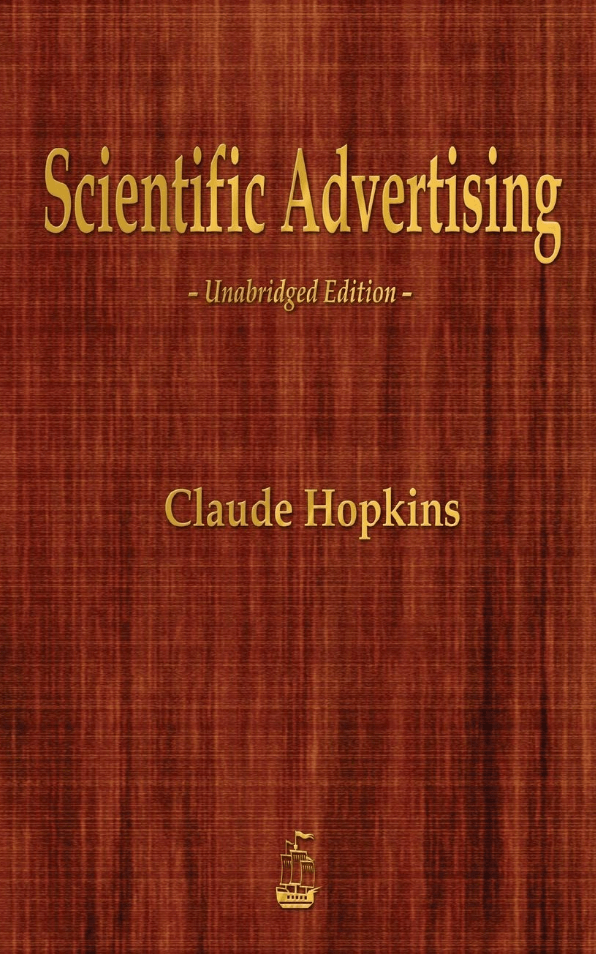
1. KNOW YOUR CUSTOMER
The best marketers know their customers deeply.
They talk to them. They know where they hang out, how they talk, and what they care about.
You have to speak in the everyday language of your customer.
I know this simple advice, but a lot of marketers (even me) get caught up in strategy and tactics (losing sight of the customer).
That’s why you have to set a cadence to speak with your customers – so that you can be sure to continuously learn from them.
2. People Are Selfish
People are inherently selfish. That’s not neccerality a bad thing, but it is important for Marketers to keep in mind.
You have to address your customer’s FIRST QUESTION: “What’s in it for me???????”
Why should they pay attention to you?
You have to uncover which specific, selfish benefit MOTIVATES YOUR PARTICULAR AUDIENCE.
When writing your advertising, you have to keep in mind that your audience will be thinking of themselves first.
3. Split test
Testing MUST BE baked into your marketing process.
You should test all elements of your advertising: Copy, imagery, audiences, CTA, headlines, channel, frequency, etc.
Changing ONE word could boost your conversion rate tremendously (or tank it!)
But, just make sure that you don’t test more than one element at a time (otherwise you can’t actually understand how/ why performance is impacted).
Want The Marketing Millennials in your inbox? Subscribe to the newsletter.


